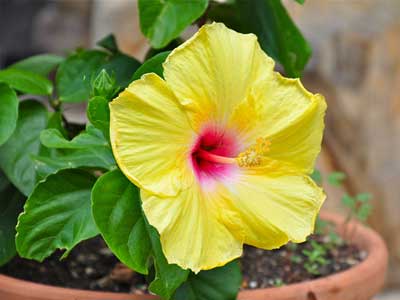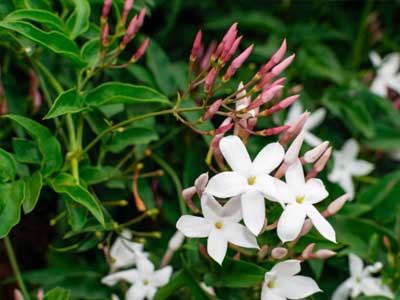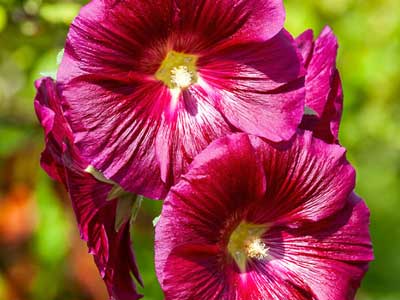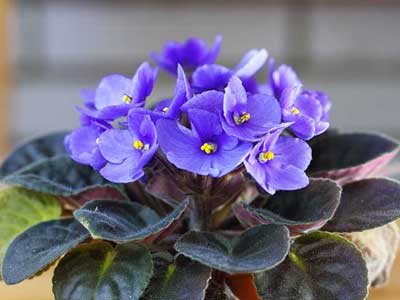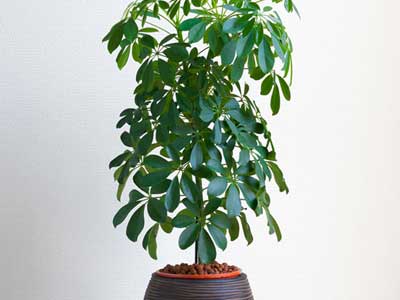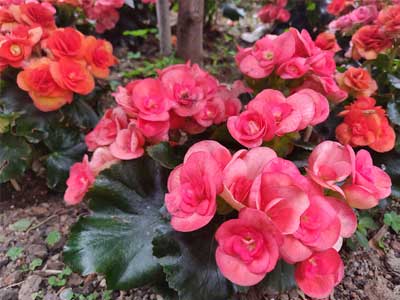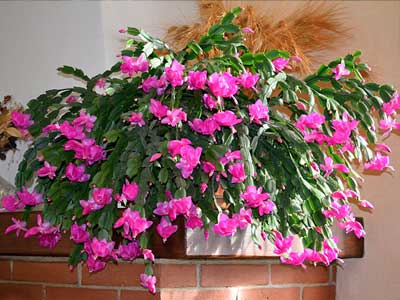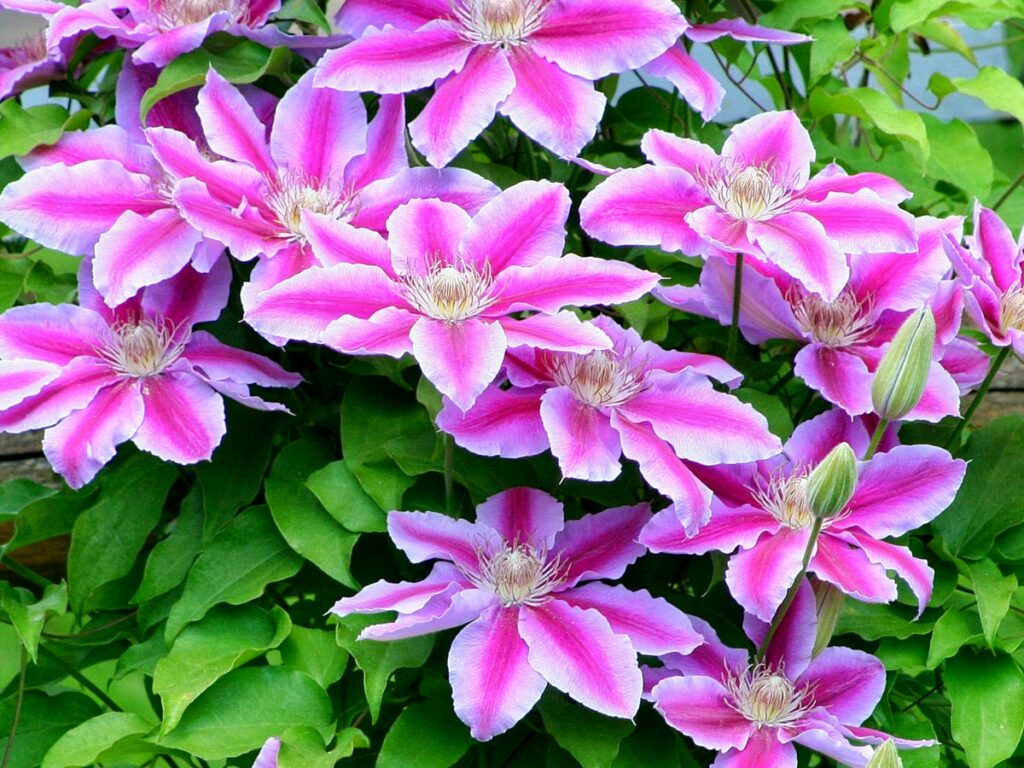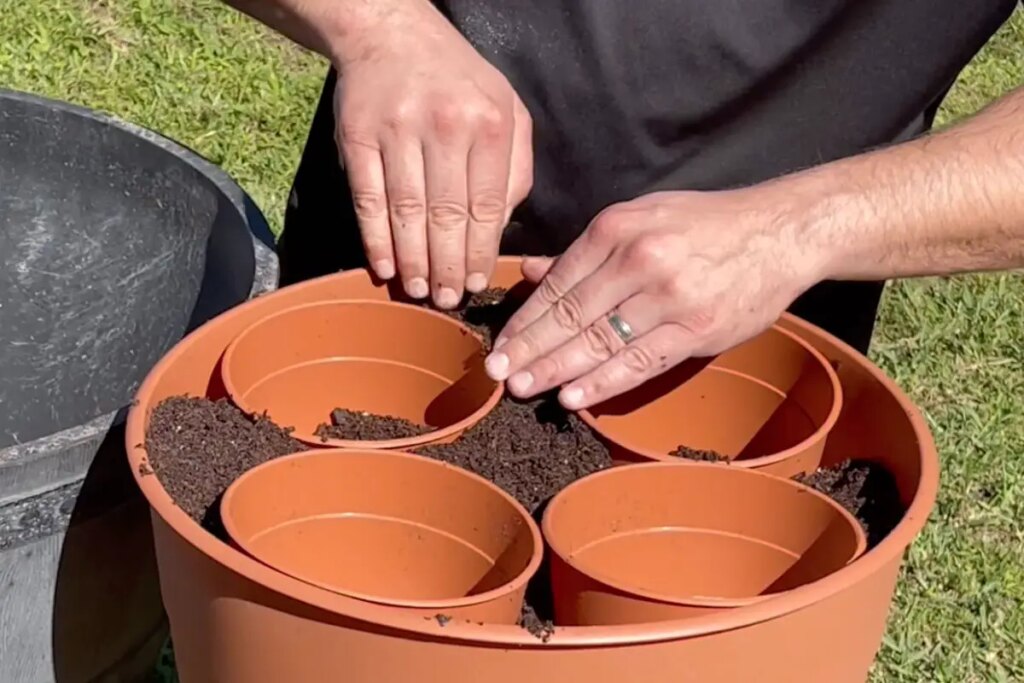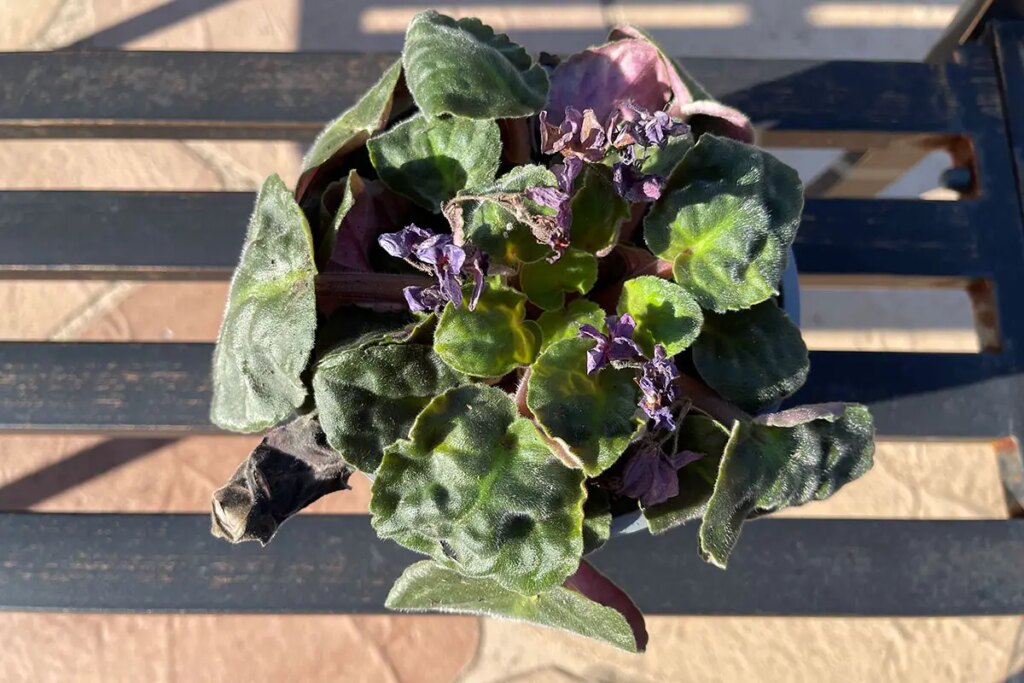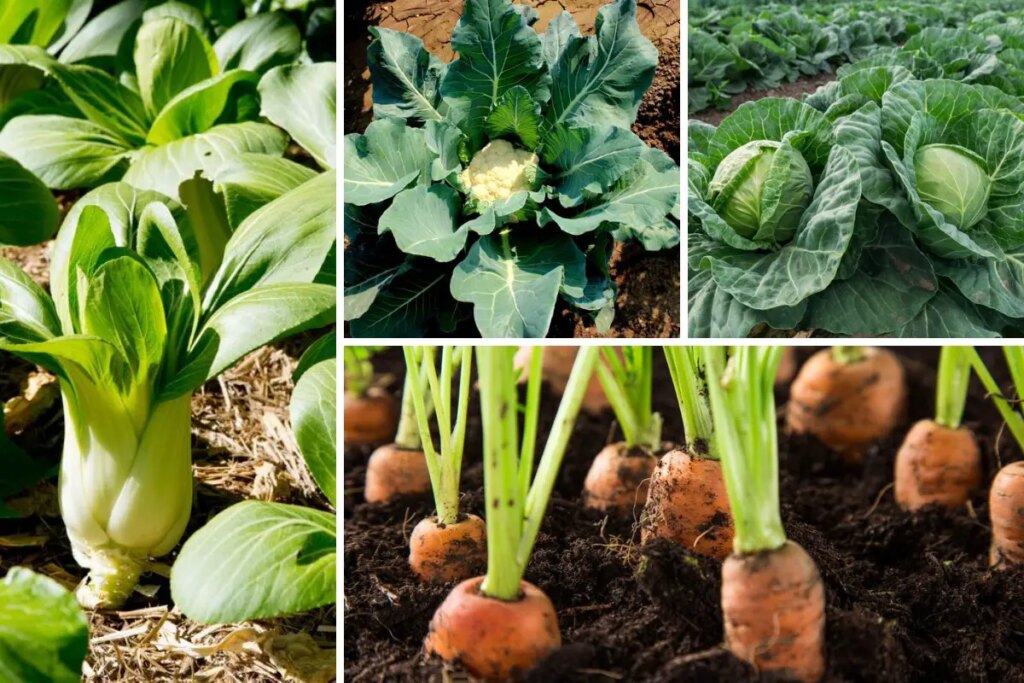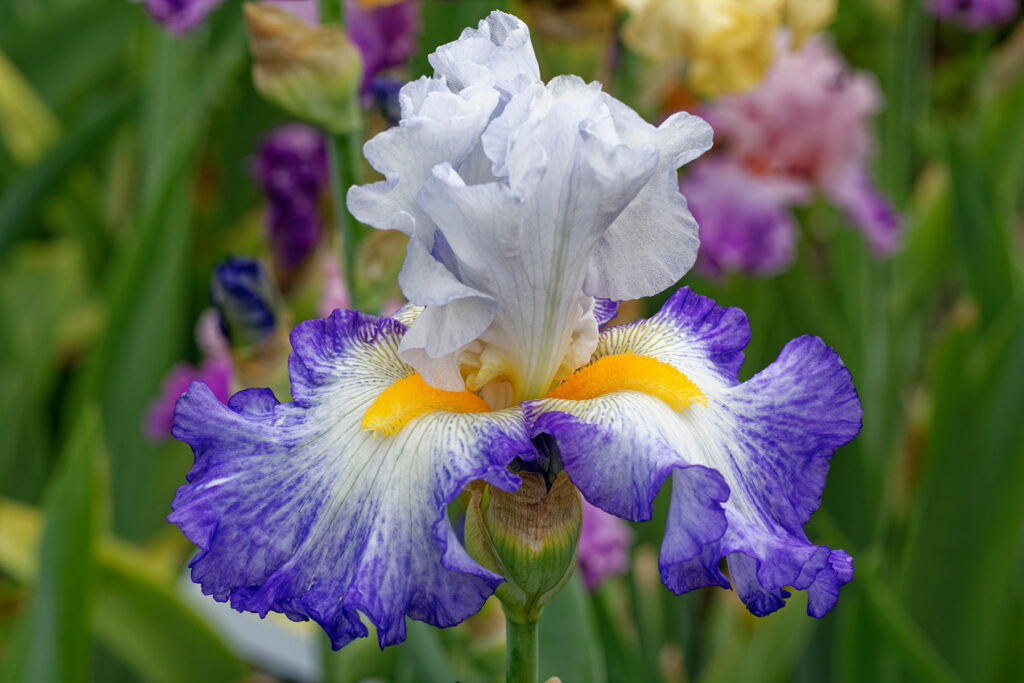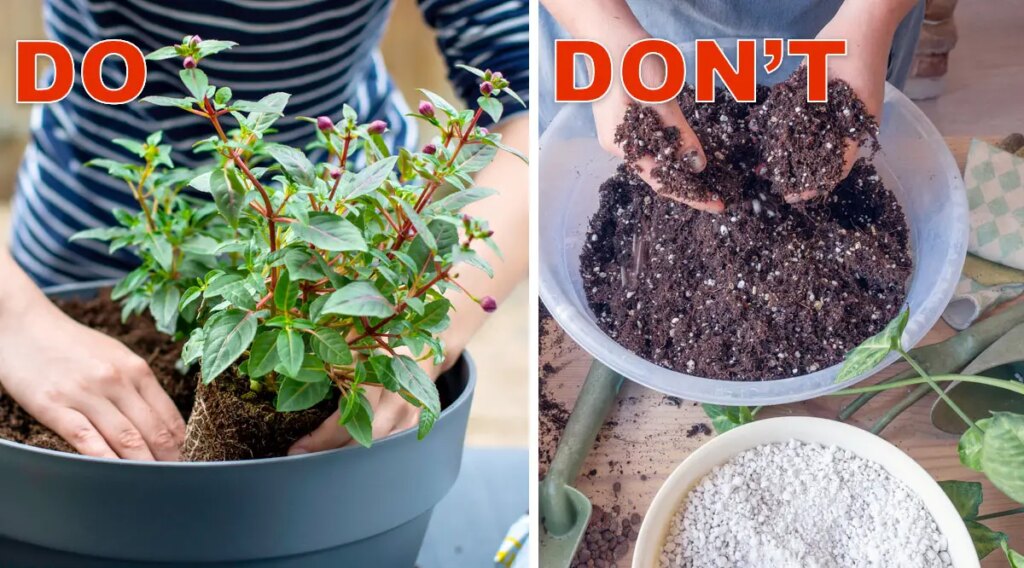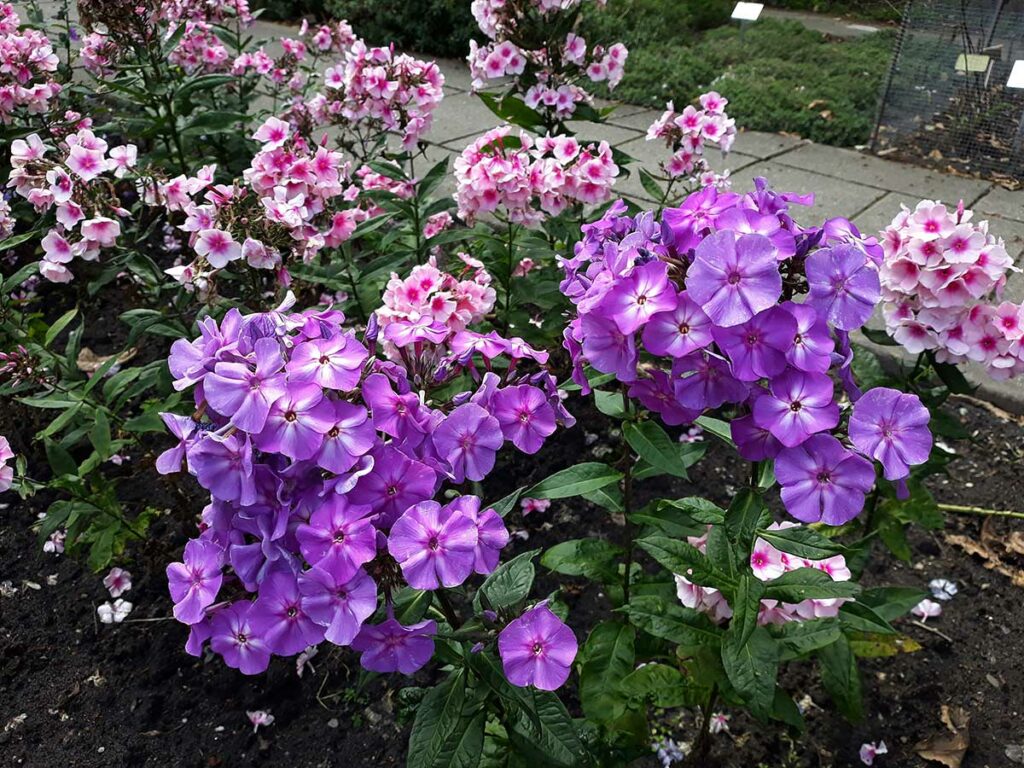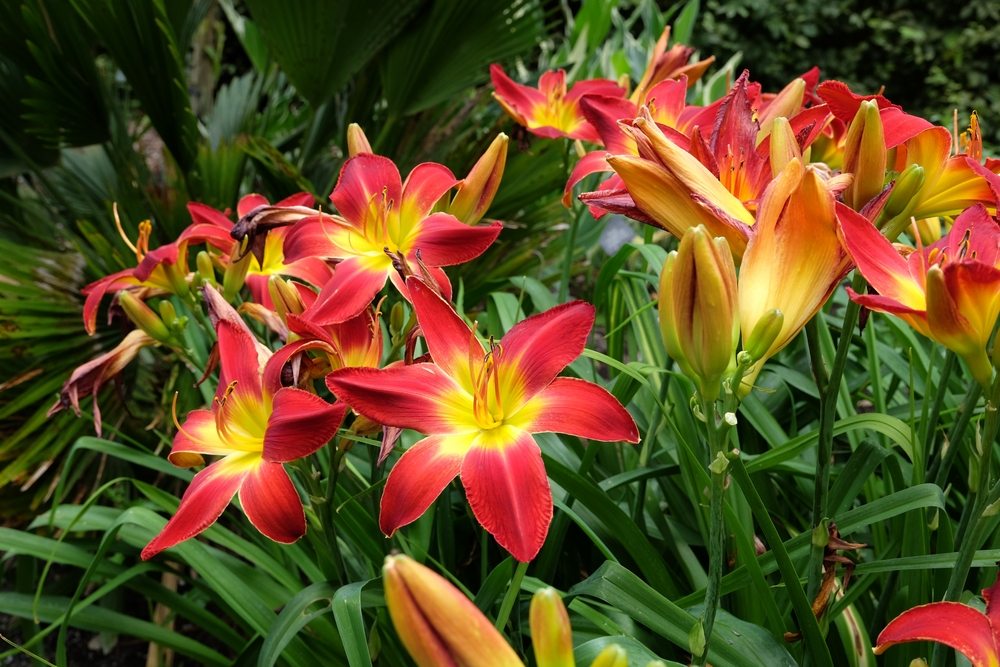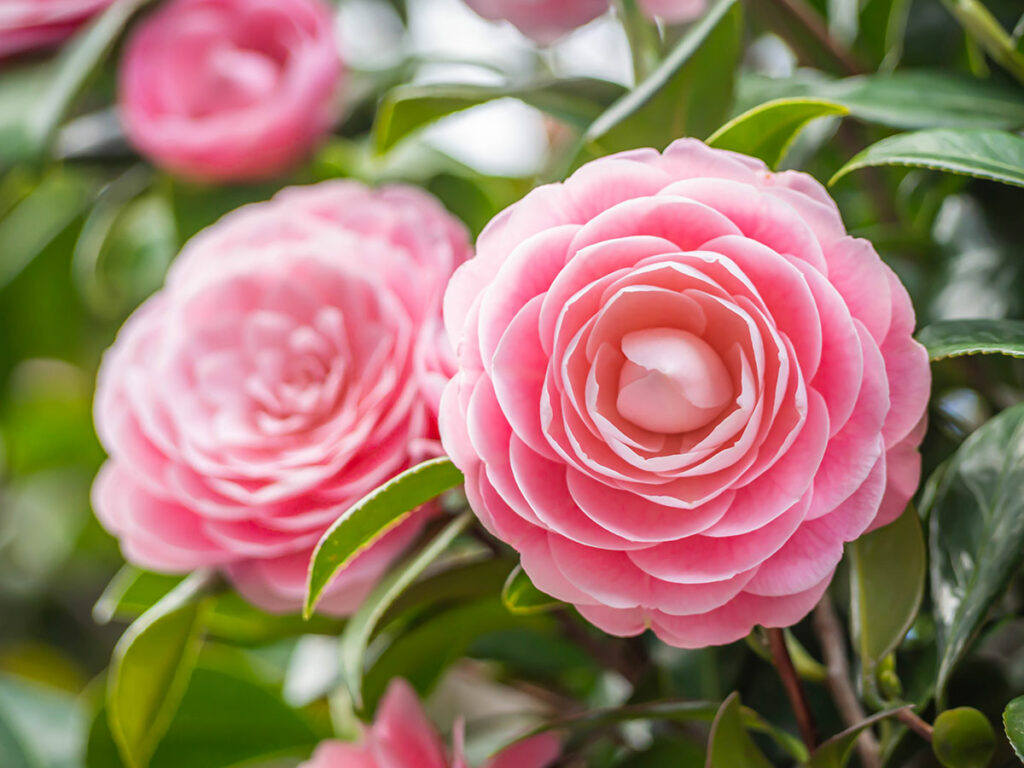
Camellias are a popular flowering shrub known for their stunning, showy blooms that can brighten up any garden. To ensure that your camellias thrive and produce an abundant display of flowers, proper fertilization is essential.
In this article, we will share some valuable tips on fertilizing your camellias to help them reach their full potential.
Understanding your camellia’s specific fertilization needs is crucial to their success. These needs may vary depending on the variety, soil type, and climate of your garden.
Choosing the right fertilizer and applying it using proper techniques can make all the difference in promoting healthy growth and an impressive bloom.
Regular monitoring and adjustments to your fertilization routine can further enhance the health and appeal of your camellias.
Key Takeaways
- Fertilizing camellias requires understanding their unique needs
- Select the appropriate fertilizer and apply it using proper techniques
- Regularly monitor and adjust your fertilization routine for the best results
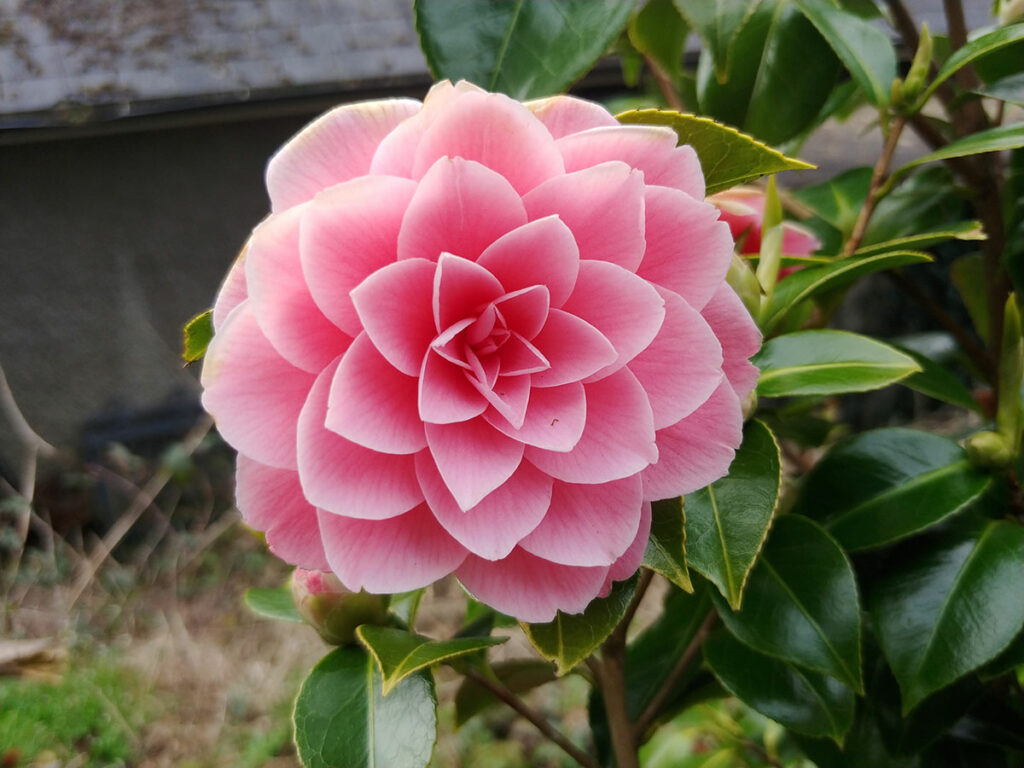
Understanding Camellia Fertilization Needs
Soil Requirements
Camellias thrive in well-drained, slightly acidic soil with a pH between 6.0 and 6.5. To achieve the right soil condition for your camellias, you can use a soil test kit or consult with a local garden center. If your soil is too alkaline, you can amend it with peat moss, sulfur, or iron sulfate to increase its acidity. Alternatively, if the soil is too acidic, you can incorporate dolomitic limestone to lower the pH level.
Nutrient Deficiencies
Proper fertilization is important for maintaining healthy camellias, but it’s crucial to recognize and address nutrient deficiencies. Some common signs of nutrient deficiencies in camellias include:
Nitrogen deficiency: Yellow leaves and poor growth. To remedy this, use a balanced fertilizer with a higher nitrogen ratio, such as 12-6-6.
Phosphorus deficiency: Reddish-purple leaves and reduced flowering. Applying bone meal or a fertilizer with high phosphorus content, such as 6-12-6, will help address this issue.
Potassium deficiency: Leaf edges turn yellow or brown, and the plant’s resistance to stress is weakened. Use a balanced fertilizer with added potassium, like a 6-6-12 formula, to correct this deficiency.
It’s essential to fertilize your camellias judiciously. Over-fertilizing could lead to salt accumulation, which can damage the plant’s roots and lead to more severe problems. It’s important to strike a balance and meet your camellia’s needs for optimal growth and flowering.
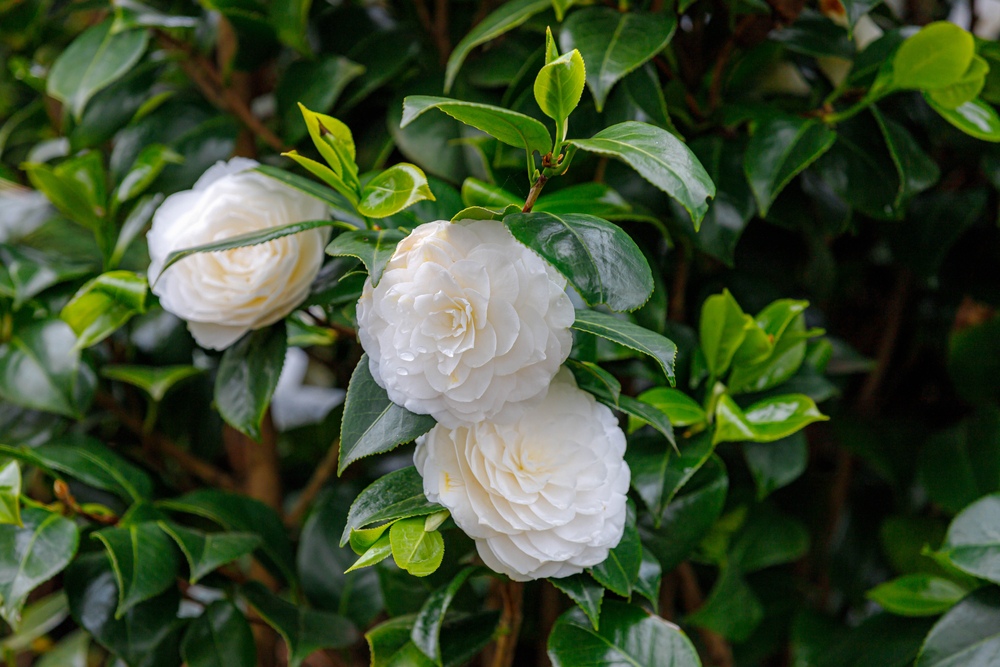
Choosing the Right Fertilizer
When it comes to fertilizing your camellias, selecting the appropriate fertilizer is crucial. In this section, we will discuss the difference between organic and synthetic fertilizers, as well as the nutrient requirements for camellias.
Organic vs Synthetic
Organic fertilizers are made from natural materials such as compost, manure, or fish emulsion. These tend to release nutrients slowly, which can help maintain a steady supply for your camellias. Some benefits of organic fertilizers include:
- Improving soil structure
- Promoting bacterial and fungal growth
- Reducing the risk of nutrient imbalances or burns
Synthetic fertilizers are chemically produced and often come in a variety of formulations. They release nutrients rapidly, but may carry risks like leaching into groundwater or causing nutrient imbalances. Consider these factors when weighing organic vs synthetic fertilizers:
- Cost
- Availability
- Rate of nutrient release
- Environmental impact
N-P-K Requirements
Camellias have specific nutrient needs, which can be met by using a fertilizer with the appropriate N-P-K ratio. N-P-K stands for Nitrogen (N), Phosphorus (P), and Potassium (K), and the ratio indicates the percentage of each nutrient in the fertilizer.
For camellias, a fertilizer with a N-P-K ratio of 10-10-10 or 8-8-8 is recommended. Keep in mind that these plants are sensitive to excess nitrogen, so ensure you adhere to the recommended application rates. Here are some essential nutrients for camellias and their functions:
- Nitrogen (N): Supports leaf growth and overall plant vigor
- Phosphorus (P): Important for root growth and flower development
- Potassium (K): Aids in the regulation of water and nutrient uptake and overall plant health
Remember to water your camellias well before and after fertilizing to ensure that the nutrients are properly absorbed, and always follow the specific instructions on the fertilizer package.
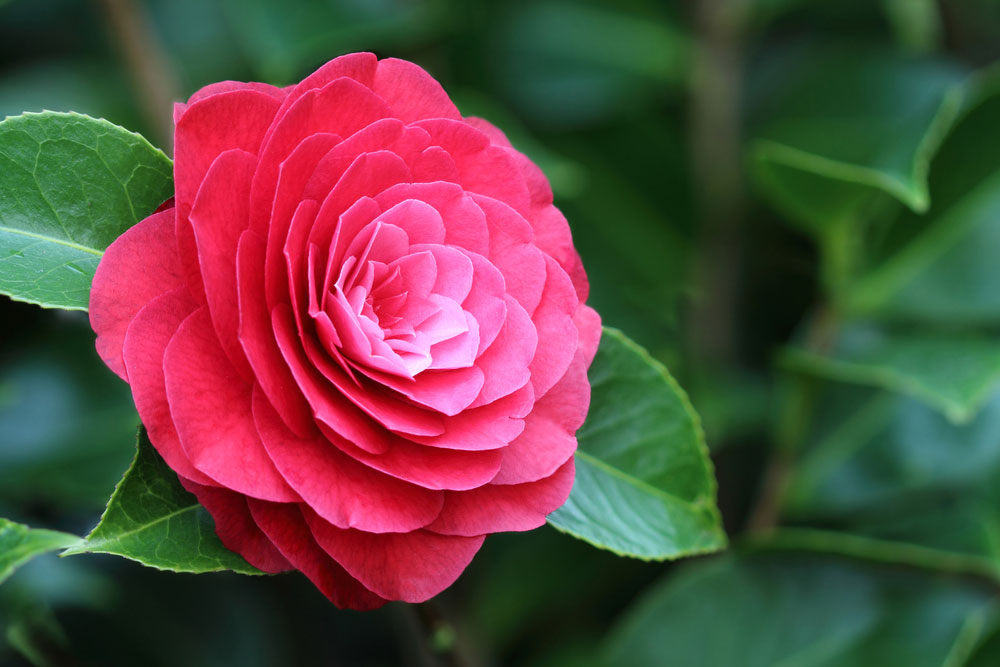
Fertilizing Techniques
Timing and Frequency
To maintain healthy camellias, it’s important to fertilize at the right times. Begin fertilizing in early spring when new growth starts. Apply the fertilizer once every 4 to 6 weeks during the growing season, which lasts until the end of summer. Avoid fertilizing your camellias after August, as doing so may promote late-season growth that could be damaged by winter frosts.
Application Methods
There are two main methods to apply fertilizer to your camellias:
- Broadcast method: Scatter the fertilizer evenly around the base of the plant, extending out to the drip line. This ensures that the feeder roots absorb the nutrients. Be sure to keep the fertilizer at least 6 inches away from the plant trunk to avoid potential stem damage.
- Soluble fertilizer: Mix a water-soluble fertilizer according to the package directions and apply it with a watering can. This method allows for better control of the application and ensures that nutrients are delivered directly to the root system.
Remember, always water your camellias well after fertilizing to help the nutrients penetrate the soil and reach the root system. And, be sure not to over-fertilize, as this may harm your plants. It’s always better to err on the side of caution and apply less fertilizer than to apply too much. Keep your camellias thriving with appropriate fertilization techniques, and enjoy their exceptional beauty in your garden.
Monitoring and Adjustments
Soil Testing
Before fertilizing your camellias, it’s essential to test the soil’s pH and nutrient levels. This will help you determine the best type and amount of fertilizer to use. Ideally, camellias prefer slightly acidic soil with a pH between 5.5 and 6.5. You can perform a soil test using a kit from your local garden center or send a sample to a professional soil lab for analysis.
After applying the fertilizer, monitor the effectiveness by periodically testing your soil again. This will help ensure that your camellias receive the optimal nutrients without over-fertilization.
Dealing with Over-Fertilization
If you find your camellias have been over-fertilized, don’t worry. There are a few ways to alleviate the issue. Here are some steps you can take:
- Water deeply: Thoroughly saturate the soil around your camellias with water to help flush out excess nutrients.
- Remove damaged foliage: Prune any discolored or damaged leaves and branches, as these may be a sign of nutrient toxicity.
- Amend the soil: If your soil test indicates high nutrient levels, you can mix in additional organic matter like compost or peat moss to help balance the nutrients.
Finally, remember to adjust your fertilization practices accordingly, based on the results of your soil tests and observations of your camellias’ heath. This will ensure your camellias continue to thrive.

